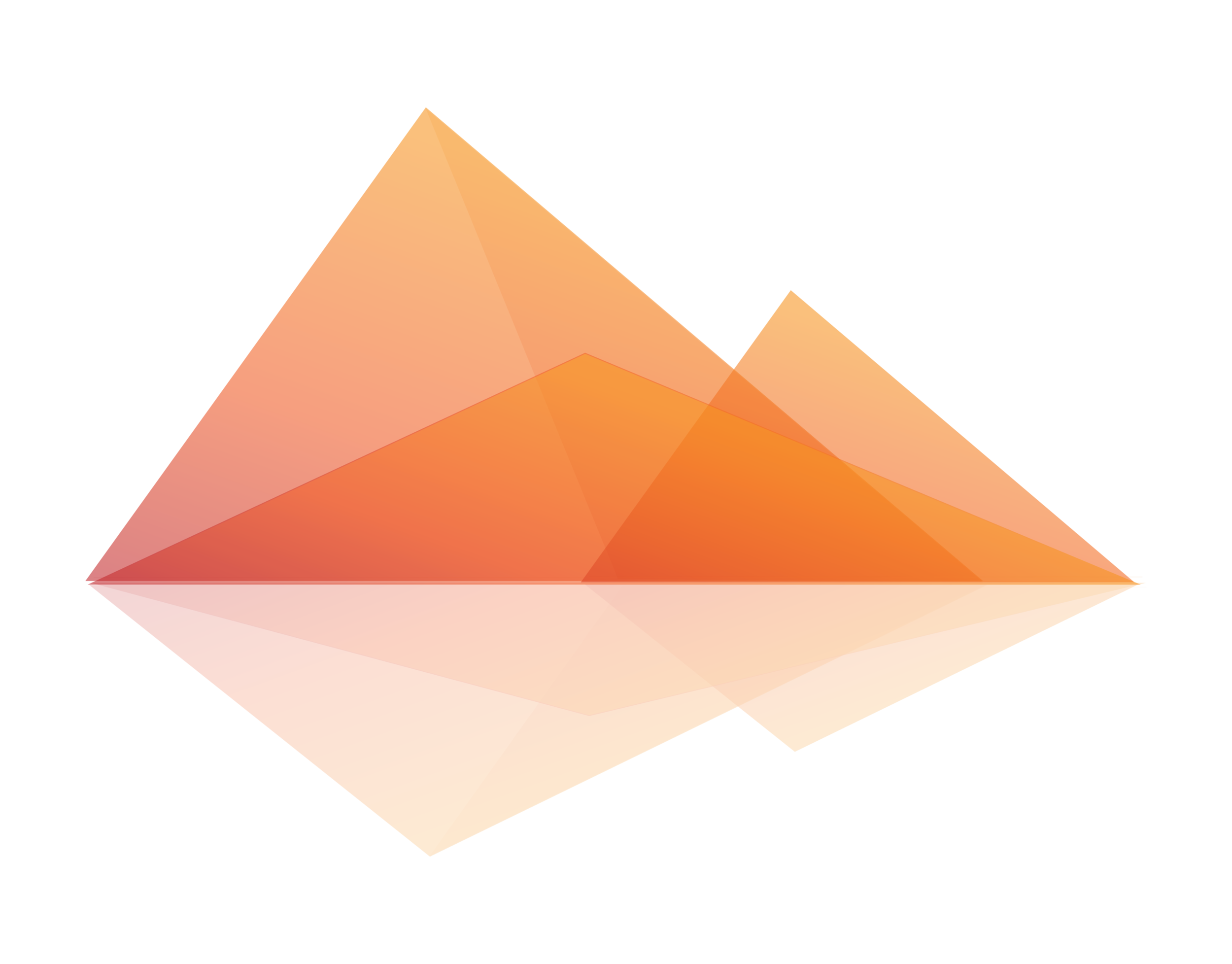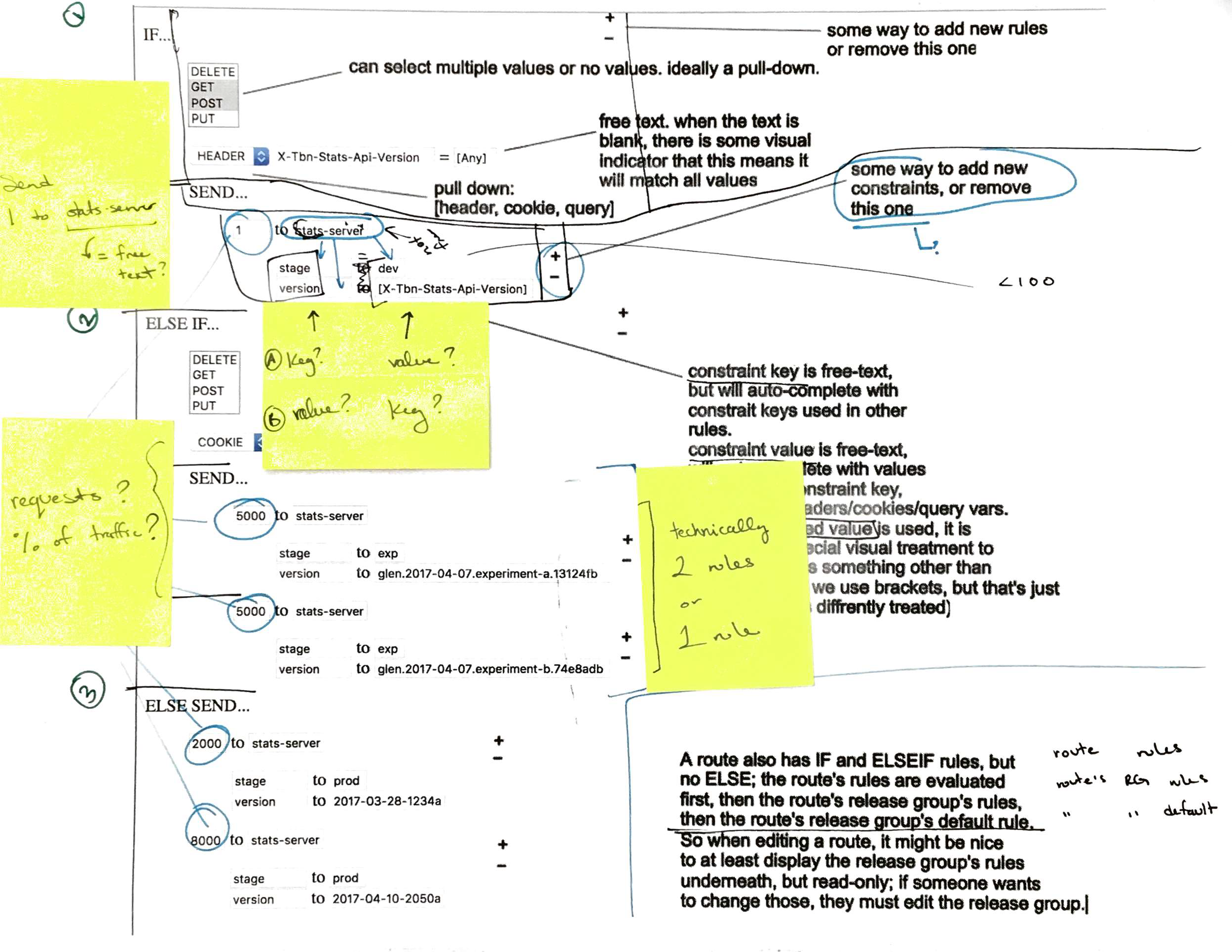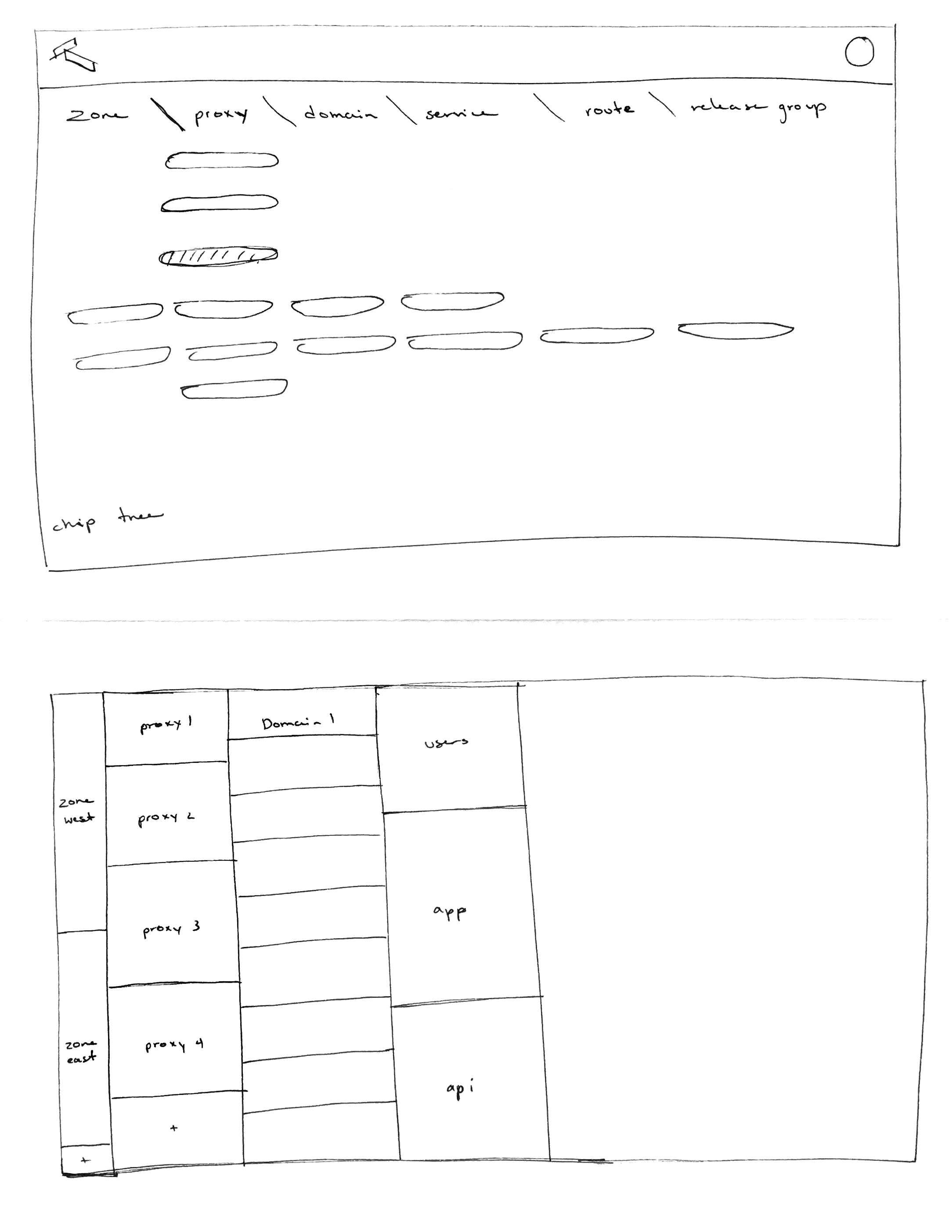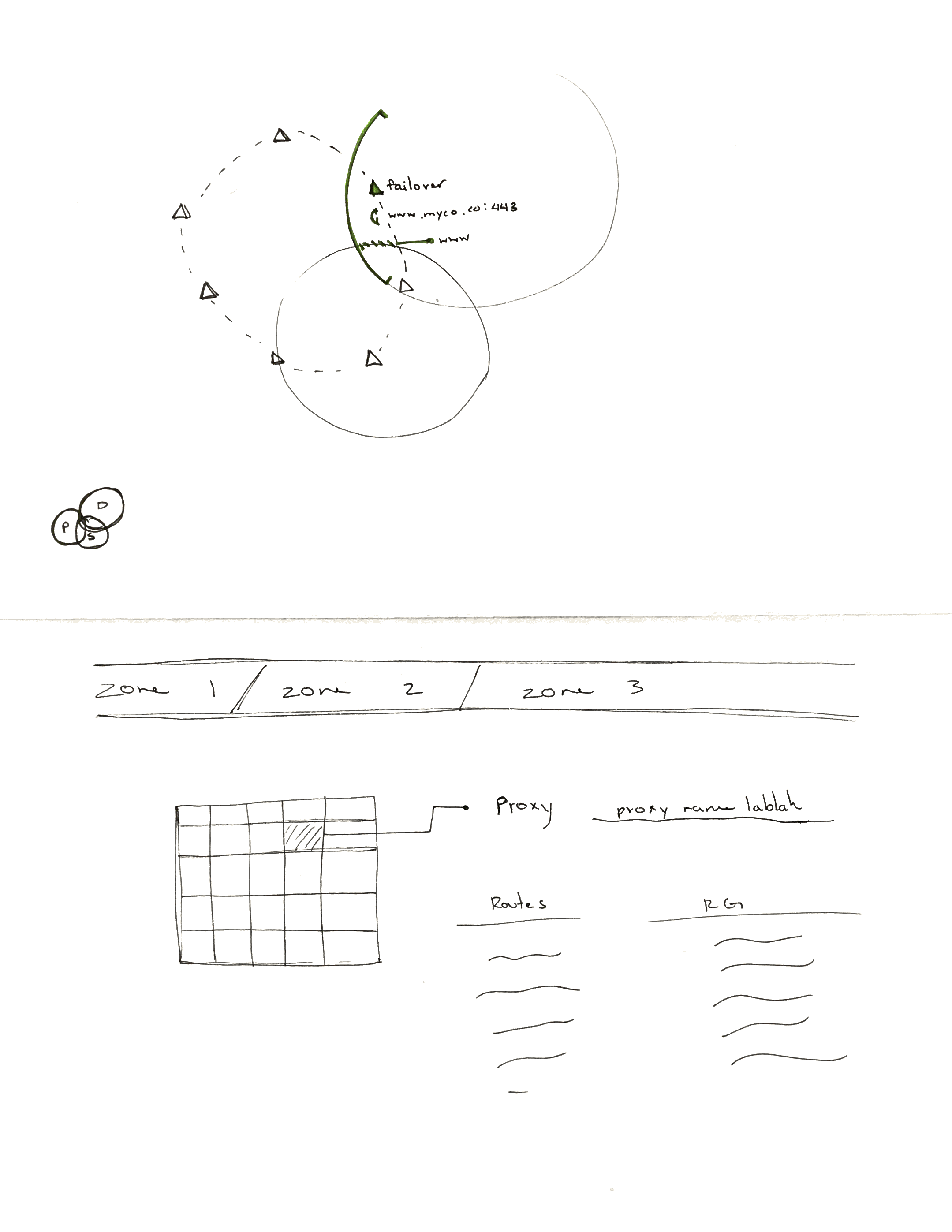TURBINE LABS
Designing for trust in complex cultural structures
ROLE
As the first in-house designer at Turbine Labs I wore many hats: design leadership, product strategy, systems design, user research, user interface design, video editing, branding, workshops and training.
Key contributions:
led user research for clarity and validation of our MVP
integrated design thinking into an engineering-driven company culture
worked cross-functionally to cultivate trust using a transparent and collaborative design process
Jump to user research, UX design, or UI design examples.
USER RESEARCH METHODS
Ethnographic interviews with design games, card sorting, cultural probes, surveys, and narrative inquiry
DESIGN TOOLS
Invision, Sketch, Illustrator, Mural, Slack
PRODUCT
Houston is a continuous release platform that empowers site-reliability engineers (SREs) to roll out new software versions incrementally and roll back bad code within seconds when something goes wrong.
COMPANY
Turbine Labs is a 9-person engineering startup focused on making it easy for every company to ship code faster. Turbine Labs’ main users are development operations (DevOps) teams who want confidence in their control of the continuous release process of managing cloud applications.
PROCESS
The team worked in weekly sprint cycles that focused on engineering, user research, and design goals. Design efforts would focus on prototyping and testing for the engineering sprint goals of that same week and the next. User research efforts would focus on learning insights for the following two weeks of engineering sprints.
As a partially remote team, we met for in-office whiteboard sessions for user journey mapping and then used Mural.ly for documenting and collaborating on workflows, service design blueprinting, and storyboarding. User research synthesis happened in the office on tall foam boards. For design prototyping, I used Sketch and InVision. Additionally, during in-person user testing I used Loom and Quicktime to record both the screen and the user’s facial expressions simultaneously. In Adobe Premier Pro, I layered the two recordings and shared it with the team as we reviewed the research learnings (see video example below). This was very effective and efficient as identifying the areas for improvement in the UI prototypes. We practiced co-design between engineering and I with in-person and remote collaboration throughout the sprint cycles. Design iterations were reflected in the interactive InVision prototypes and InVision tour points were used to draw the engineers’ attention to key design changes.
User RESEARCH
In order to understand users, and the ecosystem of Houston's stakeholders, I conducted a series of ethnographic interviews with general site reliability engineers and other expert users.
Research methods included design games, card sorting, cultural probes, surveys, and narrative inquiry. Findings revealed deep rooted themes of trust and control embedded across a spectrum of organizational cultures; specifically, the organizational culture as defined by maturity of DevOps as a culture rather than a role.
HOW MIGHT WE empower Site reliability engineers to confidently control “Mean-time-to-clue” (mTTC), in order to uphold the engineering and social contracts they carry?
"Most of the time when (it) goes wrong, we don’t have any clue what is going on. That is the most vulnerable state for someone working in operations."
- Lead SRE
"There’s a contract, which is both an engineering contract and a social contract, which is 99.97% availability. That is my engineering goal. If anything is below that, I am not doing my job. The social contract of four nines, the availability of something, where we consider ourselves successful.."
- SRE
Pictured from left to right: Front-end engineer from Turbine Labs, CEO of Turbine Labs (note taker for the session), Senior DevOps engineers as our user research participant, and me as the user research facilitator for the session.
ux design
Working from the How-Might-We, the cofounders and I mapped the user journey. We focused on the key frames and collaborated with the broader team for a service blueprint.
As we raised the fidelity of the design, we used Mural for remote team collaboration and feedback.
UI Design
Ideation sessions explored alternative structures for navigating the cyclical hierarchy of the elements represented by the dashboard.
Fidelity increased as testing continued internally with our own team of DevOps engineers.
Higher fidelity mockups were brought directly from Sketch into InVision for a fast, iterative, and interactive prototyping process as well as seamless co-design between the frontend engineers and design. See the InVision prototype here.
UPDATE: As of October 19th, 2018 Turbine Labs shut down operations and joined the team at Slack.











